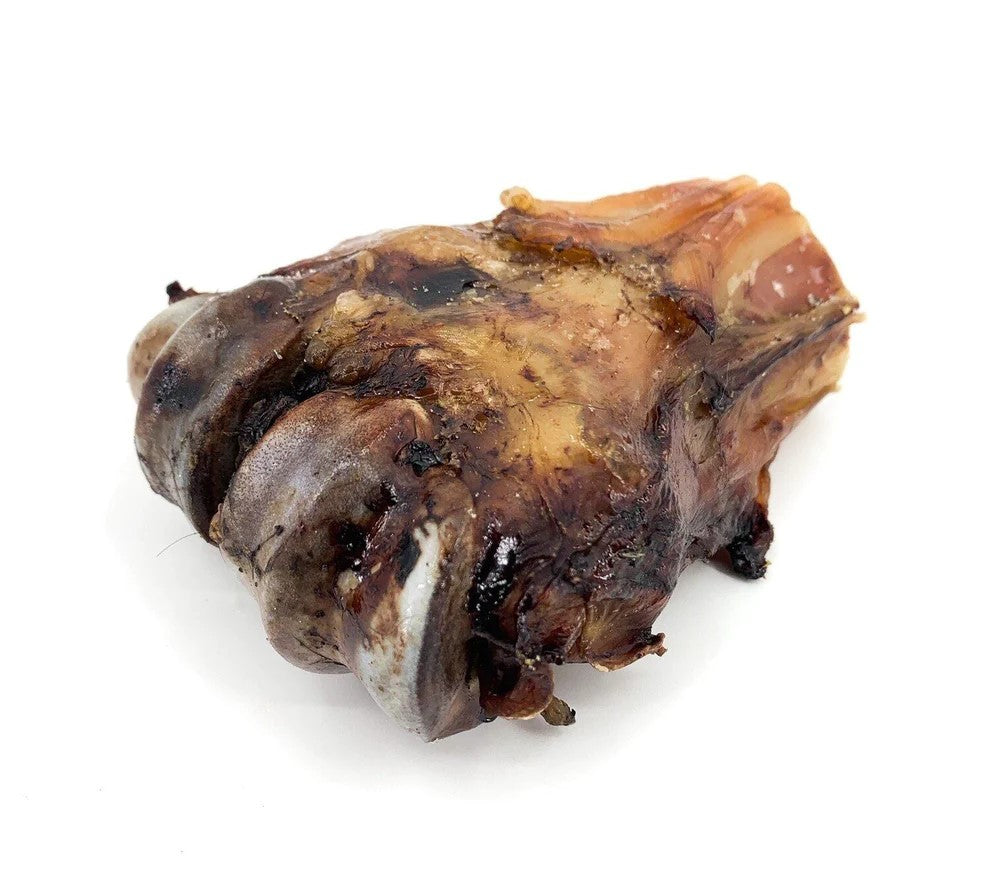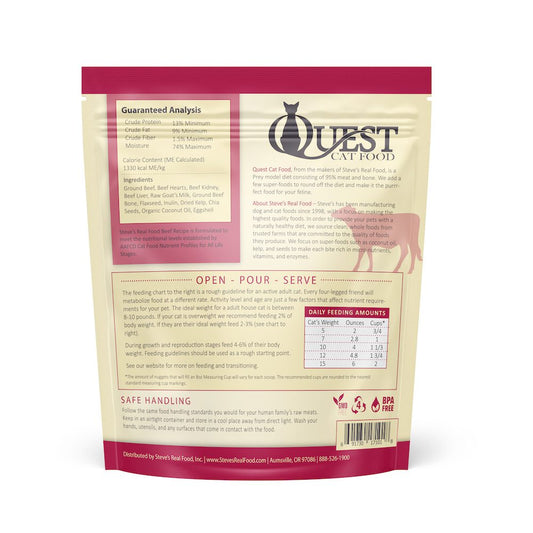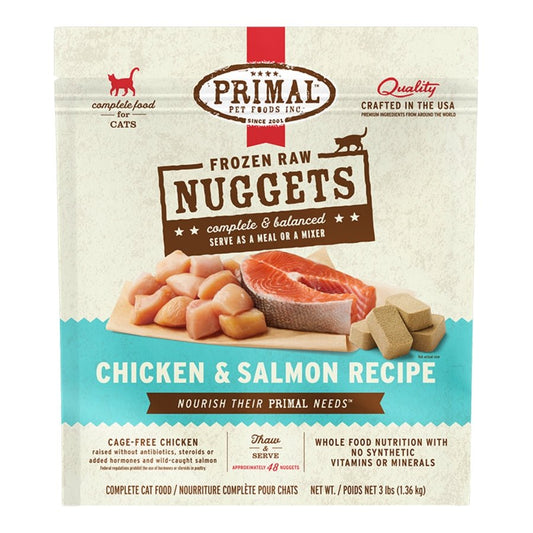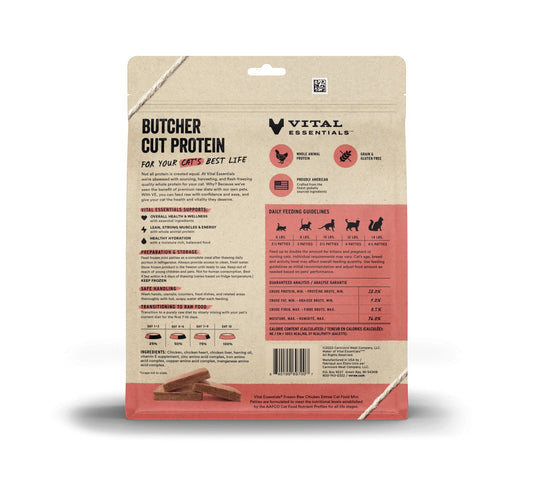Collection: Frozen Cat Food
Cats, being obligate carnivores, require a diet high in protein and fat with minimal to no carbohydrates, which are found in dry kibbles. If your cat prefers only dry food, it can be challenging to transition them to a different diet due to potential carbohydrate addiction, similar to human sugar cravings. Over time, a consistent dry diet may lead to health issues such as urinary tract infections, kidney disease, diabetes, and cancer.
To initiate a dietary change, consider introducing a raw food topper. Start by adding a small amount, such as a kernel or 1/2 teaspoon, alongside the dry food. If your cat is hesitant, you can smear a small amount on its paw, encouraging it to lick off the raw food and become familiar with its taste.
Incorporating any amount of raw food can significantly enhance the nutritional value of a predominantly carbohydrate-based dry diet. It is essential to provide plenty of fresh water, as cats on dry diets often do not consume sufficient water, leading to dehydration.
The benefits of feeding raw food include improved dental health, a shinier coat, and more flexible joints. This dietary adjustment can offer substantial health advantages for your cat.
-
Quest Frozen Raw Cat Food
Regular price From $14.00Regular price -
Primal Feline Raw Frozen Nuggets
Regular price $27.00Regular price -

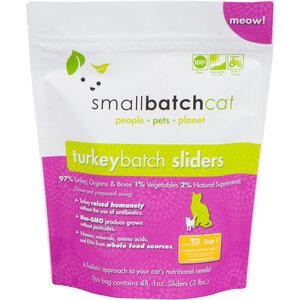 Sold out
Sold outSmall Batch Frozen Raw Cat Food
Regular price From $26.00Regular price -
Vital Essentials Raw Frozen Cat Food 28oz Patties
Regular price From $21.00Regular price
